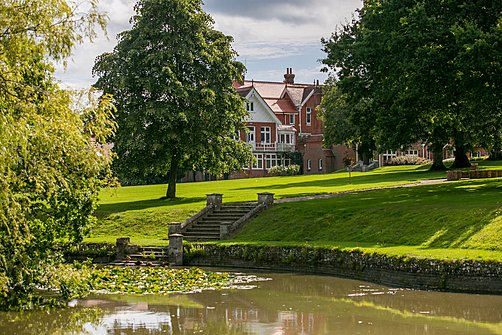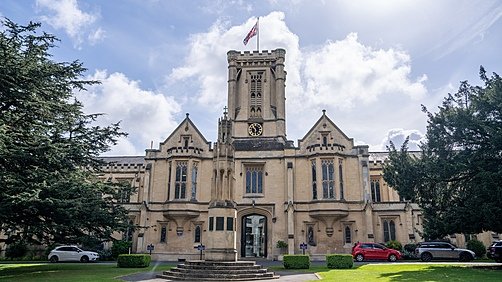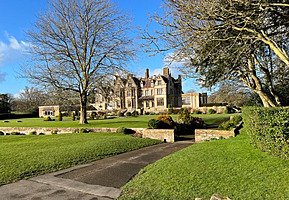

Our Articles • 23rd February 2022
English Boarding Schools in Profile: Clayesmore School, a Friendly School with an Amazing Extracurricular Programme

This month, we luckily managed to fit in a visit to Clayesmore School in Dorset, South West England, just before the UK was hit by the very dramatic Storm Eunice. Fortunately for us, the day of our visit was full of glorious winter sunshine, and we had ample opportunity to appreciate the magical Dorset countryside. Since we last visited Clayesmore, the school has further developed its super exciting extracurricular programme, which we can’t wait to share with you.
So read on to find out more!
The Setting
Clayesmore School’s home, the county of Dorset, hardly needs an introduction. The area is known across the UK for its pretty villages of thatch and stone houses, winding green lanes, and beautiful coastal walks. Suffice to say, Clayesmore School’s setting is pretty sweet!
The school itself is also very attractive — the main building, an old Victorian manor, sits in the middle of immaculate lawns, sweeping gravel driveways, and extensive sports grounds. There’s nothing but green and blue as far as the eye can see!
Many rooms within the main building also retain their original features; wood-panelled walls and bay windows with gothic architraves abound. More recent additions are generally very tasteful, and blend well into the school’s beautiful view across the Dorset countryside.
To reach such unspoilt scenery as this, you’ll need to drive two and a half hours from London, or two hours from Heathrow airport. Clayesmore School’s local train station, Gillingham, is only 20 minutes away by taxi, and trains run regularly from London (with a change or two). There’s also the option of Bristol airport, which has less regular flights but is only one hour and 15 minutes away from Clayesmore School.
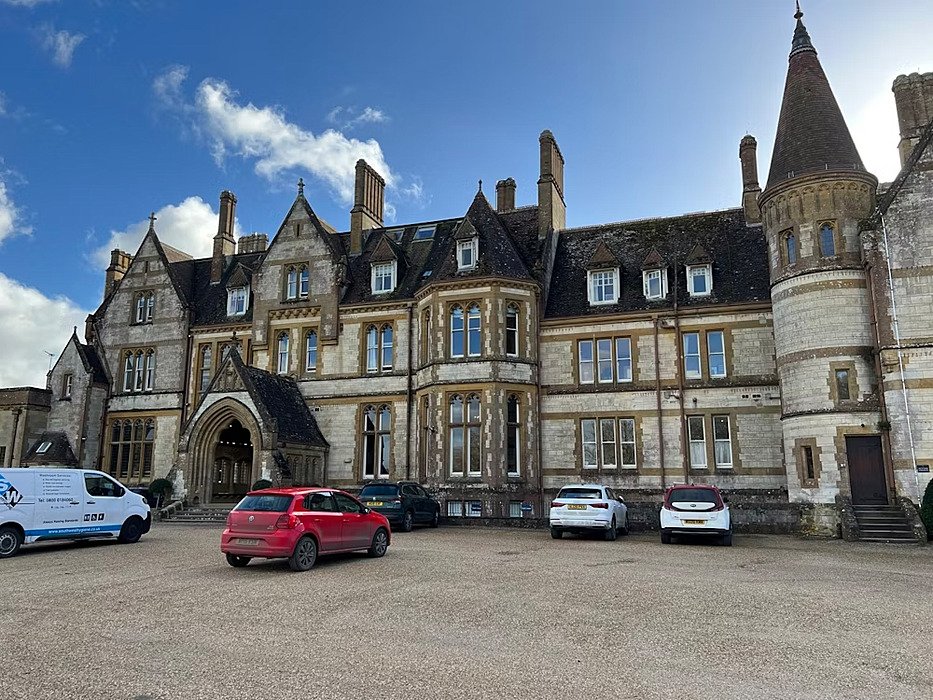
Always a warm welcome - Clayesmore up front
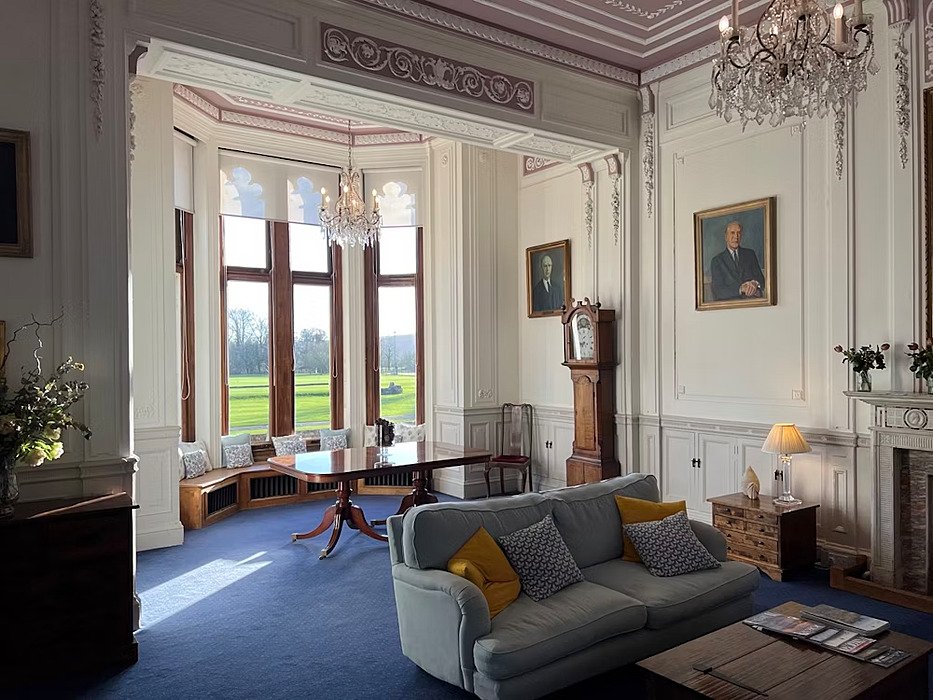
Cosy - the reception room in the main house

Textures of Clayesmore - materials cupboard in the DT lab
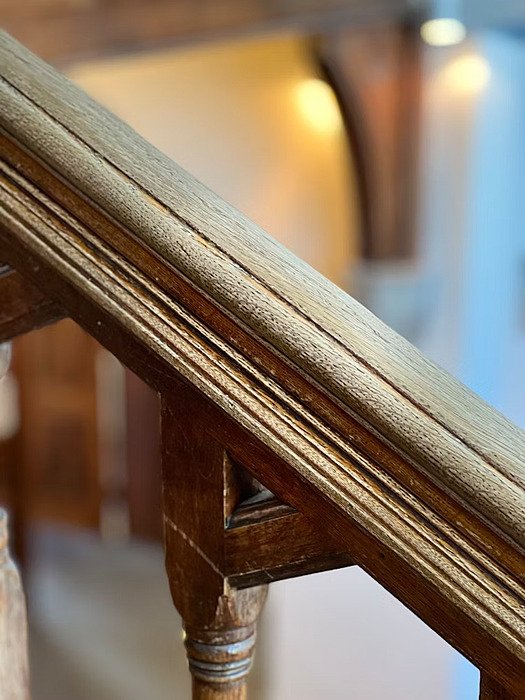
Textures of Clayesmore - the bannister of the main house stairs
What (we think!) Clayesmore School is all about
In our view, there are two key characteristics that together define Clayesmore School’s identity.
First, the school is incredibly inclusive, supportive, unpretentious and friendly. Now, we know a lot of schools claim to be this, but at Clayesmore it’s undeniable. That’s partly down to its small size; with only 400 students in the senior school, as headmistress Jo Thomson tells us on the podcast: “that means we can get to know students really, really well… And I think that’s why we have this strong family feeling.” That “family feeling” is also due to the fact that houses at Clayesmore School are made up of a mix of day pupils and boarders, and the school also offers really attentive academic support — in the senior school, there’s an average ratio of one teacher to every five pupils, so highfliers and those needing extra support can flourish alike.
What’s so impressive about Clayesmore School, however, is that it manages to foster such a nurturing community without becoming introspective. As their exciting Lex Programme (which we’ll get to later!) attests, Clayesmore is always looking outwards, for the next innovative pedagogical idea or the latest extracurricular project, to stretch pupils both in and outside of the classroom.
For us, this combination of an incredibly caring, family-like community, combined with a modern, outward-looking and forward-thinking approach to education, really makes Clayesmore School stand out from the crowd.
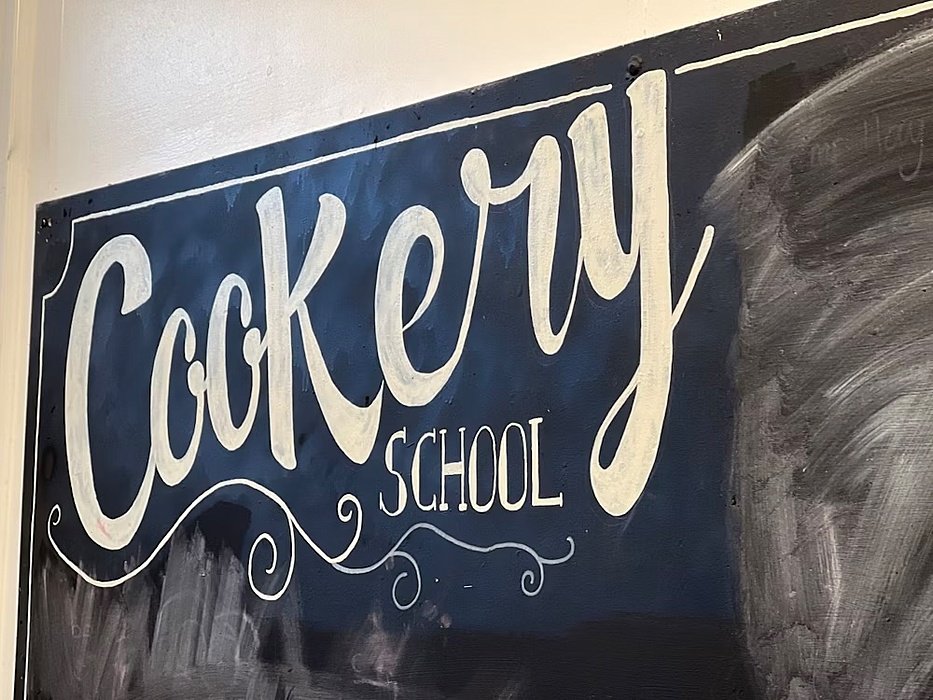
Extracurriculars galore - including a cookery school!
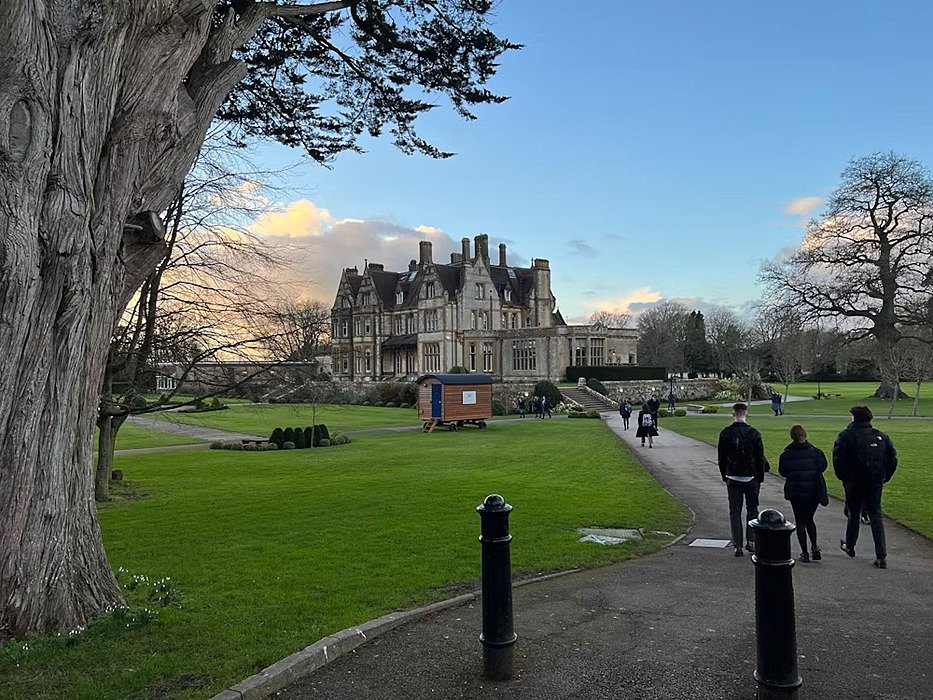
Beautiful - the main house at dusk
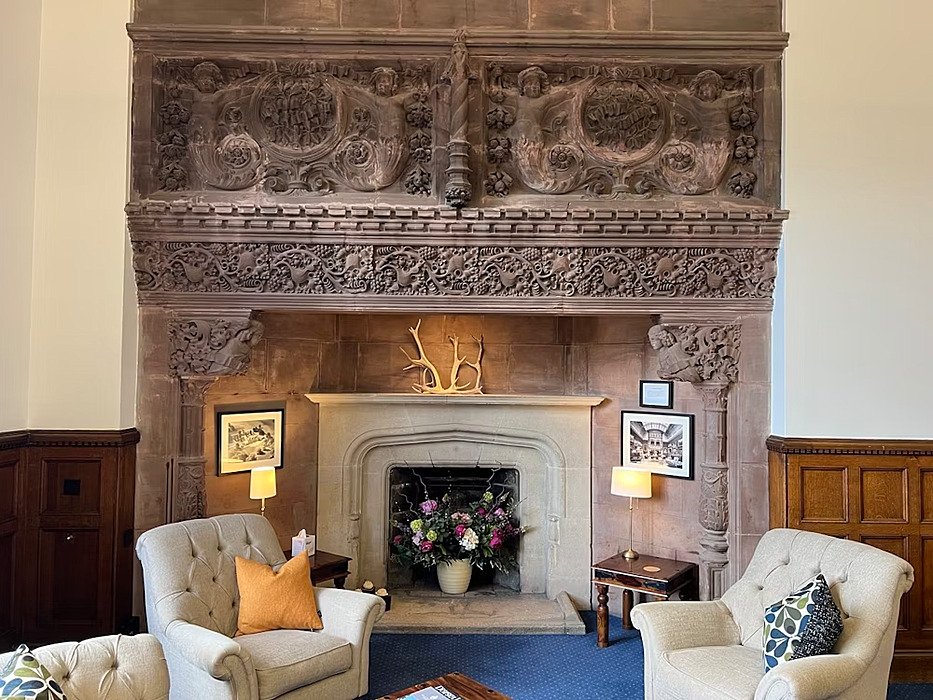
Arrived - the beautiful reception area
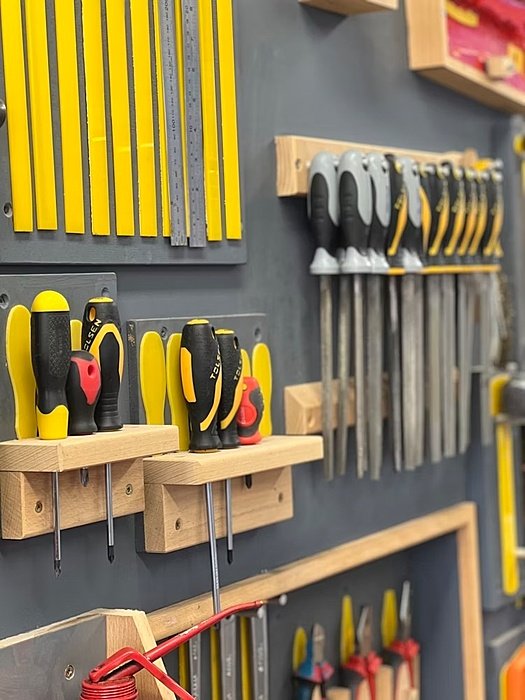
Textures of Clayesmore - a very tidy tools rack in the DT workshop
The Academics
Clayesmore School’s inclusive nature means that the school is not particularly selective. In 2021, 40 per cent of pupils achieved between 9 and 7 at GCSE; 33 per cent achieved As or As at A level (64 per cent A to B). In 2019 (the last year when exams took place), 27 per cent of pupils achieved between 9 and 7 at GCSE; 20 per cent achieved A or A at A level (48 per cent A to B).
Flexibility is important at Clayesmore School — on our podcast, Jo tells us that they are “not afraid to adapt the curriculum”, for example for a student that might be struggling with their English language skills. This bespoke approach is typical of Clayesmore; as mentioned above, the high pupil to teacher ratio means that the school is able to offer extremely attentive teaching to every pupil.
Some teachers have even adopted their own podcasts for those that learn best aurally. Those with special education needs are supported by an incredibly strong and well-known SEN department (all staff are also given SEN training), while high fliers that we’ve sent to Clayesmore have been stretched further than they would be in a bigger school where their star performance might have been missed.
Subjects on offer are fairly standard, though there’s a broad range of crafty A Levels available, such as textiles and photography.
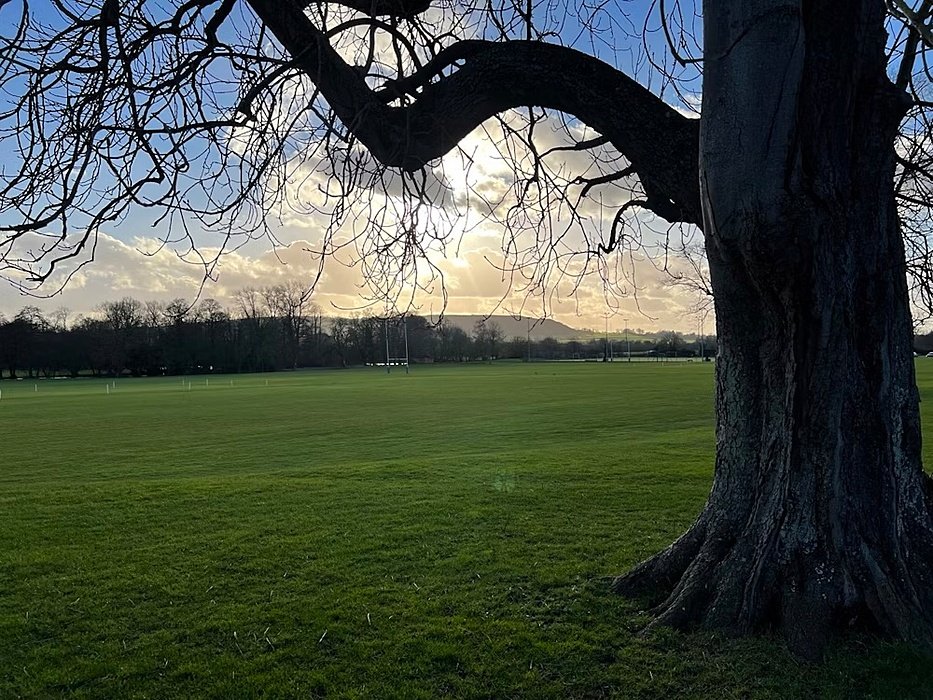
Rugby field atmospheric
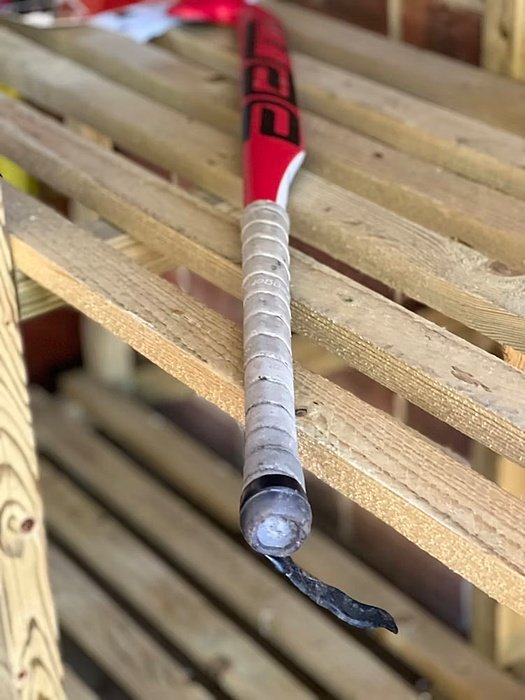
Hockey - very good here and offered year-round
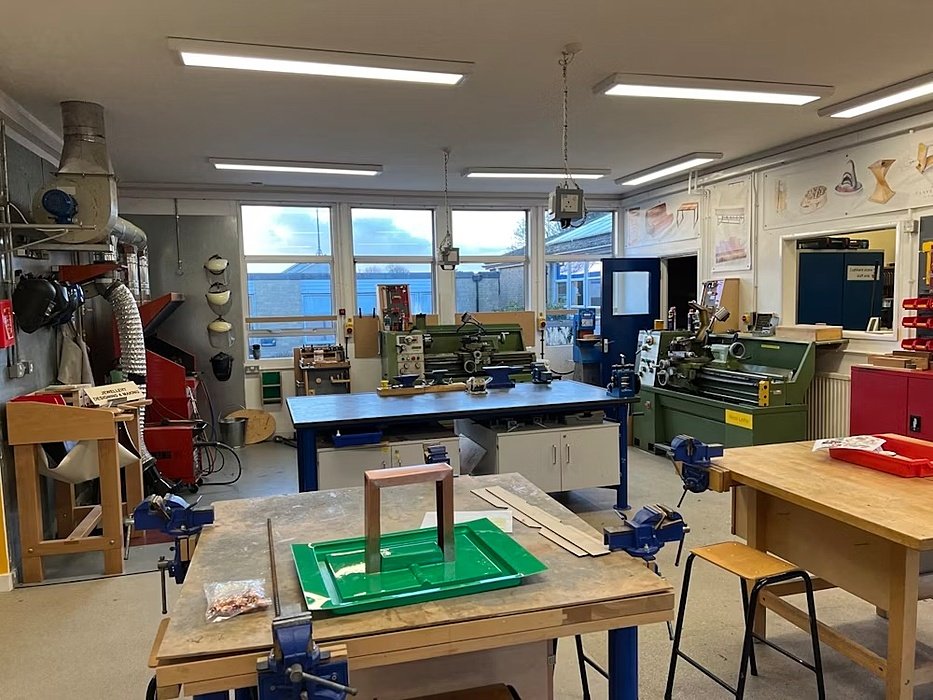
Where innovation happens - the school's DT workshop
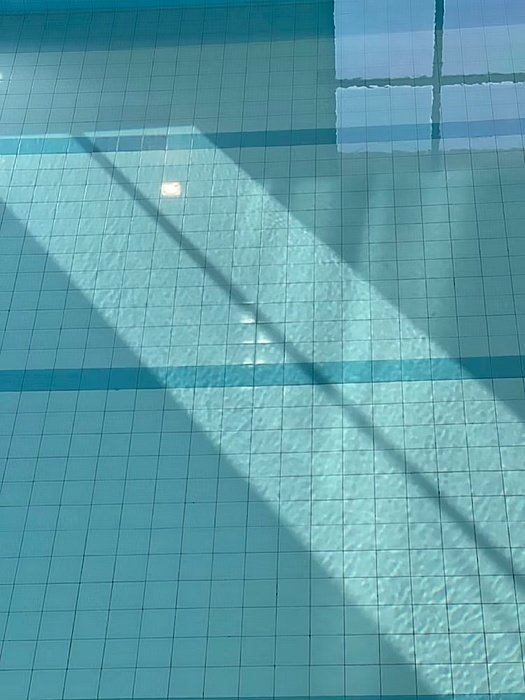
Textures of Clayesmore - Clayesmore's swimming pool
The Extracurriculars
Clayesmore School’s approach to extracurriculars is truly innovative. This is not a school where extracurricular activities are an afterthought; instead, Clayesmore School recently rejigged the entire school timetable to launch a new “personal development programme” for pupils, called the Lex Programme.
Whereas pupils at Clayesmore School used to have lessons on a Saturday, now Saturdays are solely reserved for the Lex Programme, which sees pupils embark on activities that will stimulate and prepare them for the world after school — or simply give them the opportunity to try something new.
“We were doing a lot of these things anyway but we were squeezing them in around the edges and we felt… we needed to free up some time to do these things properly,” Jo explains on the podcast.
Lex is underpinned by four key pillars: Employability and Enterprise; Academic Extension; Service and Leadership; the Great Outdoors; and Arts, Creativity and Culture.
Activities within these categories range from full day trips to galleries in London, Bristol, Bath and beyond, to wild swimming, rock climbing, life drawing, and horse riding.
Within the Employability silo, pupils are taught all the skills they might need for the modern workplace, with sessions focused on topics such as interview skills and digital portfolios. Meanwhile, the Service pillar (where many activities are compulsory), gives pupils the opportunity to give back locally, whether by reading to pupils in the junior school, volunteering at local nursing homes, or working as a gardener in nearby National Trust venues.
“In a nutshell, it’s a personal development programme for the students,” Jo says. “By the time they leave we think all the students will have had the opportunity to find a new passion or interest, to learn a little about their local environment, and how to make a difference.”
Weekends switch between “Lex” days, where activities are compulsory, and “Flex” days, where pupils have the choice to try something new or further hone an existing interest. Pupils we spoke to at Clayesmore School raved about the programme — Jason and Ferdinand, two sixth-formers, talked about how it had allowed them to try restoring old cars, clay pigeon shooting, and sports they wouldn’t normally have access to, such as lacrosse.
Outside of the Lex Programme, Clayesmore School’s sports, music and drama are all very successful, and the school’s small size means a wide mix of abilities are catered for.
Sports teams range from A to D, and all are championed by teachers. “It’s about giving them the confidence to live a positive, healthy and active lifestyle… If they leave Clayesmore School with that outlook on life, then we’ve done our job,” Dan Conway and Andrea Cheverton, head of boys’ and girls’ games, tell us on the podcast. Key sports include hockey, netball, tennis, cricket, rugby, athletics, swimming, and cross-country; there are also various fitness classes for those who aren’t so keen on team games.
Unsurprisingly in a school that focuses on the individual, creative activities such as art, music and drama are highly valued. Clayesmore School has specialist studios for ceramics, printmaking, and sculpture, and recent pupils with interests in architecture have earned places on courses at the nearby Somerset branch of the prestigious London gallery, Hauser and Wirth.
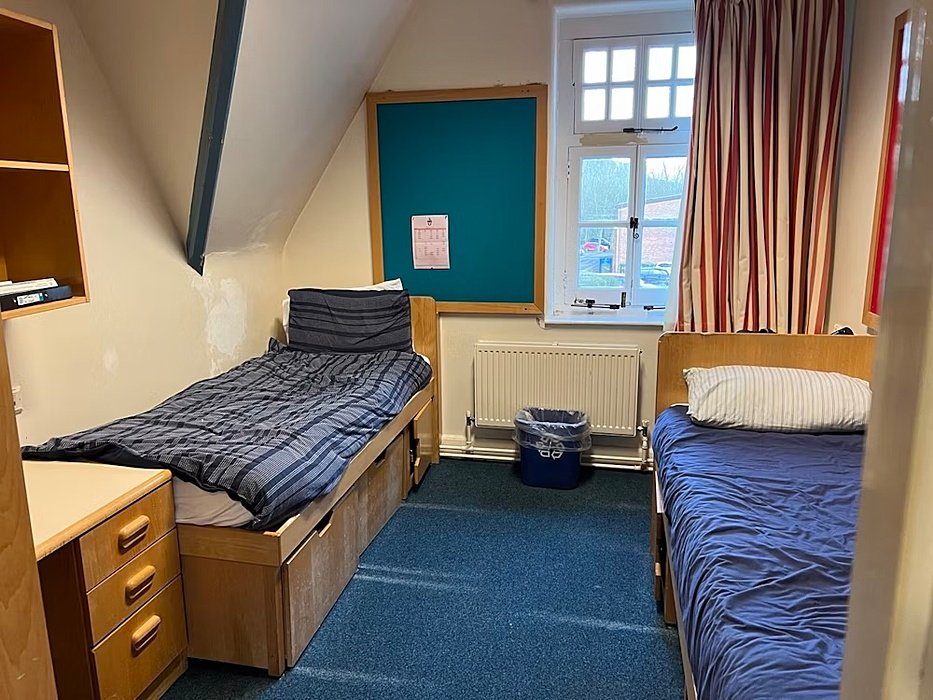
Idiosynchratically spartan - one of the boy's rooms
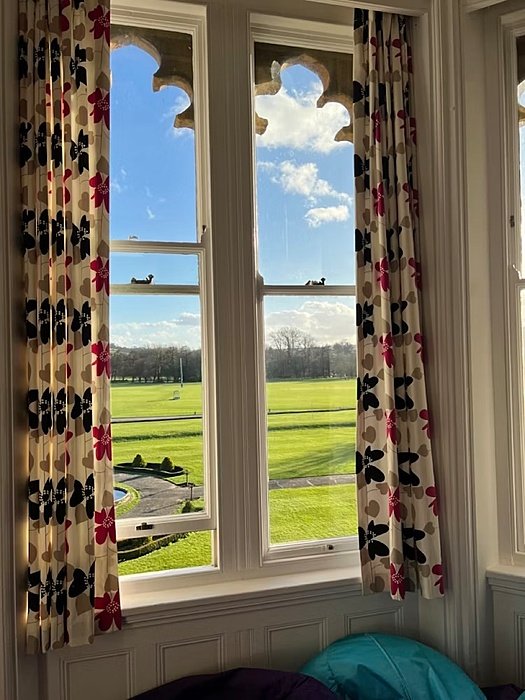
Sun-blessed - view from one of the girls houses

Colour - bean bags in one of the girl's boarding houses
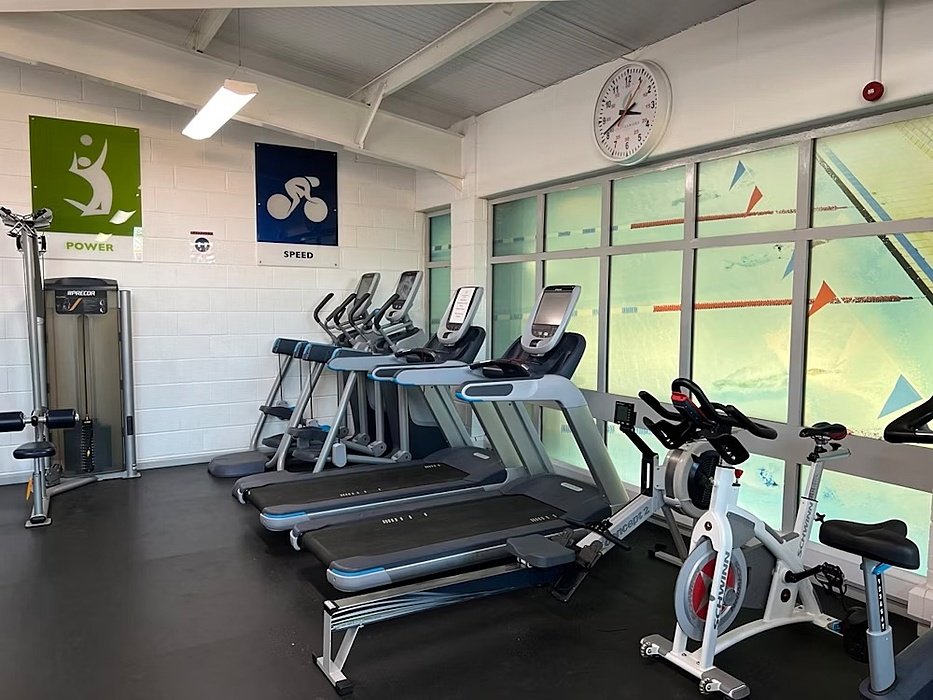
The school's gym
The Boarding
There are five houses at Clayesmore School — three for boys, and two for girls — each made up of about 50 boarders. Currently, overseas pupils make up less than 10 per cent of Clayesmore School’s pupil body. “We think that’s important because when our German students come here they can expect to be speaking English just about all of the time,” Jo explains on the podcast.
There’s a roughly equal divide between day pupils and boarders at Clayesmore School, but every pupil is assigned to a house, not just boarders, to ensure the entire school community is tight-knit. Pupils will do their homework in the house, hang out, and take part in other after-school activities as a house. Sixthformer Ferdinand told us that the small size of the school and the structure of the boarding community ensures new arrivals make friends easily and settle in fast. “It’s very welcoming, and because of the size it’s very easy to make friendships with other people,” he said on the podcast.
Local boarders are allowed home on Saturdays, and it's common for international pupils to join them for overnight stays on the weekend. The Lex Programme naturally dominates pupils’ weekend schedules, but there are plenty of house-based activities on offer throughout the week and on Sundays too. “There are so many facilities, there’s always something to do,” sixth-former Jason tells us. Inter-house competitions (from debating to sports) reportedly become very passionate!
Clayesmore School has quite strict rules on technology; phones are taken away from pupils between 8.30am and 5.30pm, and then again at bed time, “so they can’t be staring at their screens all night,” explains boys’ housemaster Chris Burton on the podcast.
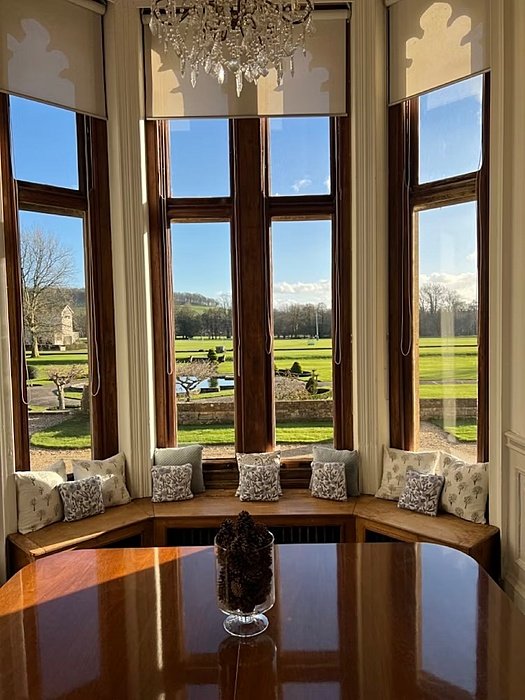
Stunning greens and blues - Dorset seen from the reception room

Buzzing - one of the buzzsaws in the DT department
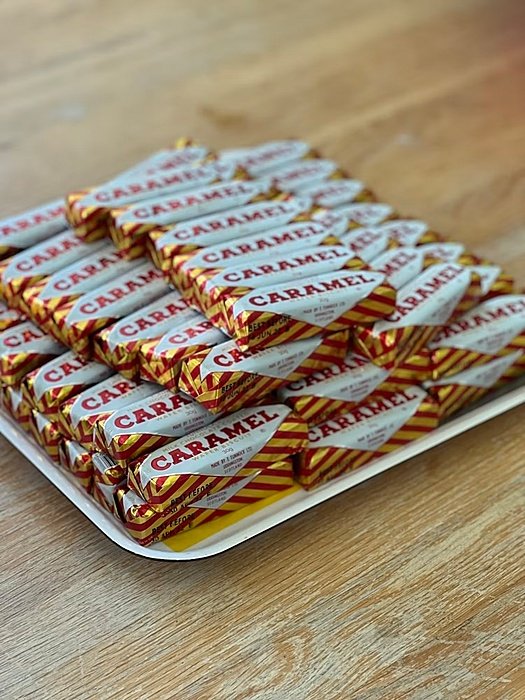
Chocolates for break-time

The beautiful Clayesmore School
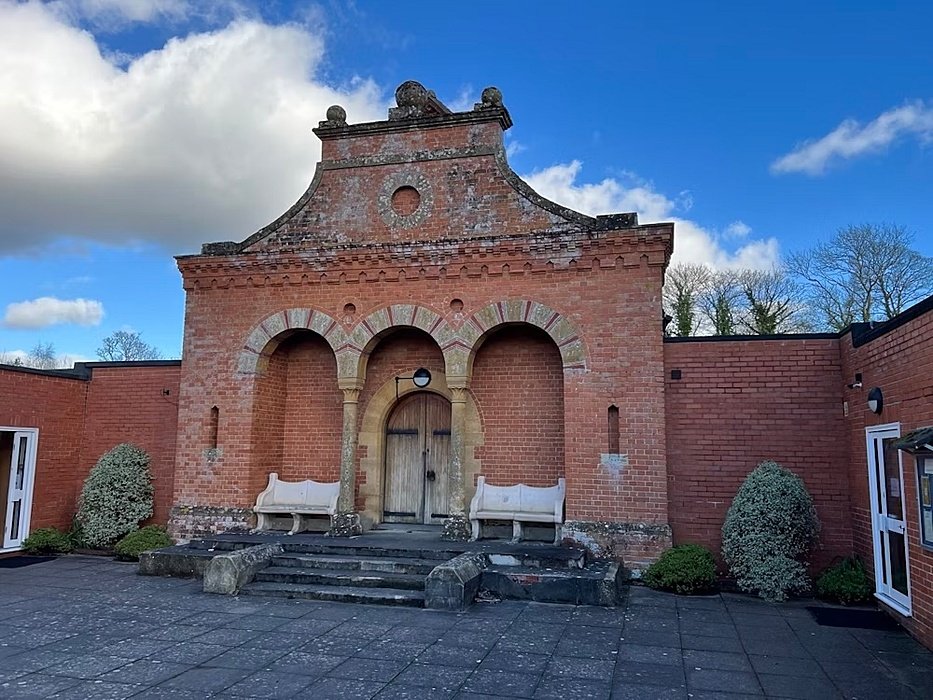
Almost romantic - outside Clayesmore's music department
Our view on a student suited to Clayesmore School
The special thing about Clayesmore School is how it can adapt to and accommodate almost anyone. Highfliers soar to further heights under the school’s attentive eye, while those needing extra support, particularly those with special educational needs, thrive in the supportive learning environment and always exceed expectations.
Perhaps for ultra-competitive pupils — those looking to play sport or partake in bands, choirs, or the performing arts at the highest level — might find their professional ambitions somewhat limited by Clayesmore School’s small size. However, for those looking to stretch themselves academically or pursue unusual interests, Clayesmore School’s bespoke and innovative approach to wellbeing and education will definitely ensure that these wishes are fulfilled.
For any pupil looking for a school with a caring, family environment, but that has a modern and outward-looking edge to its education, Clayesmore School is the ideal choice!
